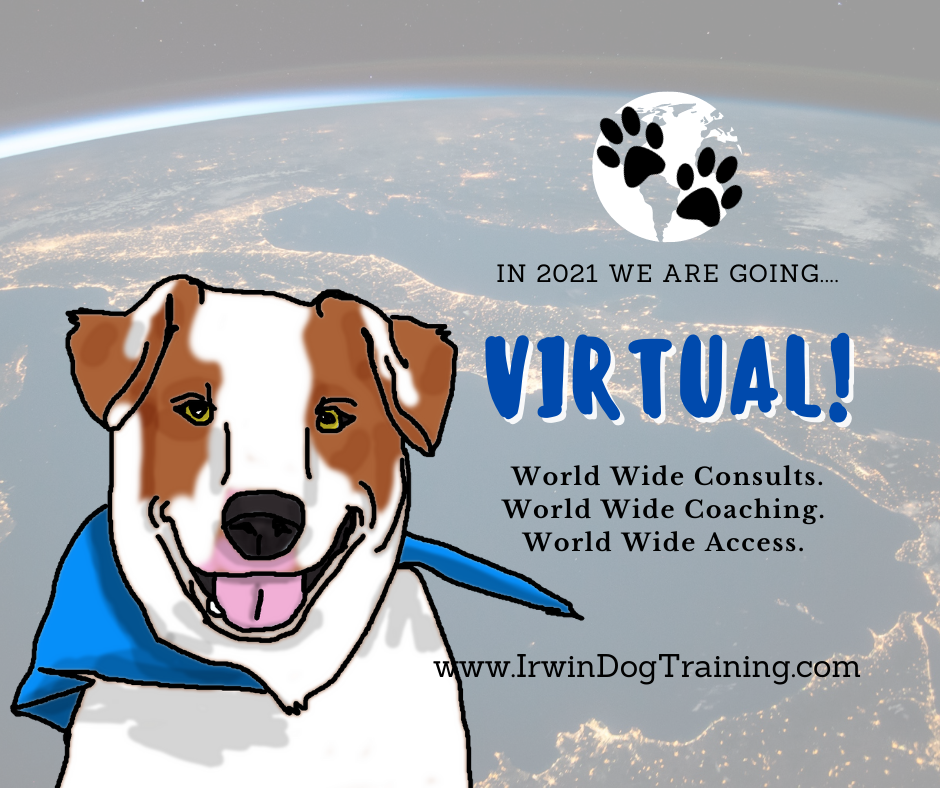Why I started Offering Board & Train Packages: Traditionally force free trainers take a step back and cringe when someone mentions sending their dog to a board & train. The reason for that is that for decades the only people who offered such a thing were supposed trainers who would use any number of highly problematic, aversive methods on a dog to force their compliance.…
Checking My Ego: Lessons in No
Checking My Ego: Lessons in No. Today I had to check my ego. I went to visit my horse, Ben, and I had every intention of riding. It had been a week or more since I had seen him. My schedule is intense, and my efforts to continue to build my online business to make more time are going slow at the moment. This leaves…
Dogs vs Backyard Dinosaurs
Dogs vs. Backyard Dinosaurs: Keeping pet chickens safe with dogs This past week the rescue I work with was contacted by two different people to take in dogs who were attacking/harassing/killing chickens. We were able to help them thankfully, but in reflection I feel very sad for these two otherwise delightfully sweet dogs. They were simply doing what dogs do. With the pandemic came a…
30 Minutes to a Better Relationship with your dog
I want to normalize the idea of a half hour training session with a professional trainer. Over the last year I’ve spent a lot of time adjusting my business, like we all have. One of the ways I did that was moving to an online platform for training, first by necessity, then by choice. I love working online. I love working over video. The ability…

Dog Training via the Internet
What do you mean we’re doing this virtually? Things changed a lot over the last year. And that meant having to change with it. Perhaps it is a silver lining in all of this, that I was forced to move more virtual with my work during the pandemic, because it had been a long term goal of mine for a while. “Wait, you WANTED to…
Easy Homemade Training Treats
Like most people who train through positive reinforcement, I use a lot of training treats. Doubly so because I am often using them for client’s dogs etc. That means my treat budget is pretty extensive compared to a lot of my other expenses. And as we all know the best treats with the best ingredients are kind of expensive. Another concern is for dogs who…